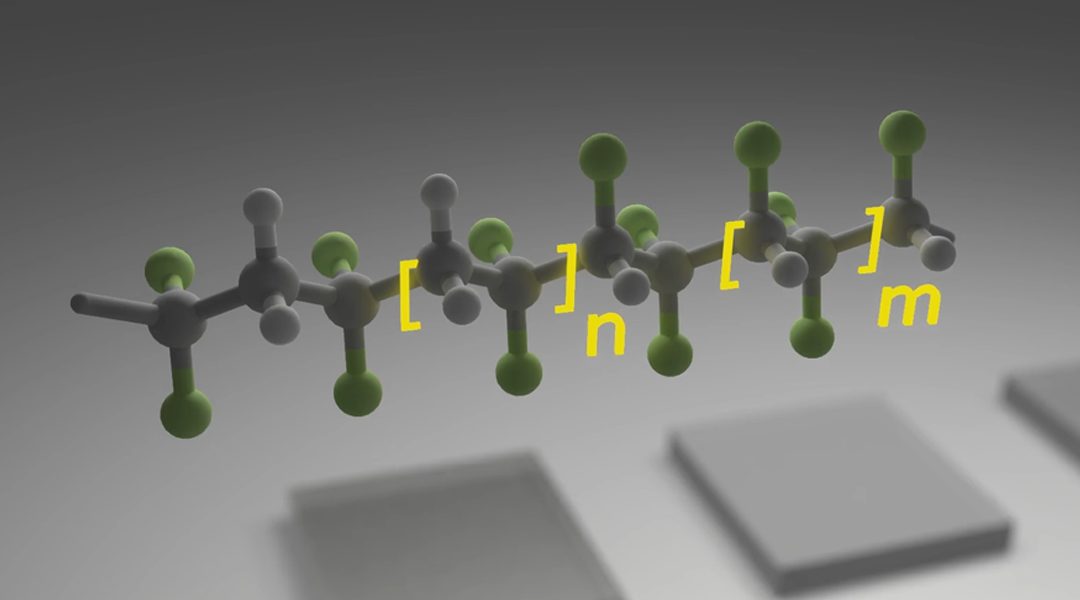With their increased energy efficiency and data retention, ferroelectric tunnel junctions have the capability to revolutionize future memory and logic devices. However, the high temperature required to manufacture inorganic-based components and the use of hazardous chemicals inhibits their technological application. More easily processable organic-based components are therefore a promising alternative.
In a paper in Advanced Functional Materials, Sayani Majumdar, Sebastiaan van Dijken, and co-workers from Aalto University School of Science, VTT Technical Research Center of Finland, and Nanjing University in China, report the performance of an organic ferroelectric tunnel junction with a ferroelectric copolymer, poly(vinylidenefluoride-co-trifluoroethylene), tunnel barrier.
The organic ferroelectric tunnel junction is fabricated by spin-coating a film of ferroelectric copolymer onto a bottom oxide electrode composed of indium tin oxide (ITO), La0.67Sr0.33MnO3 (LSMO), or Nb-doped SrTiO3 (STO). Annealing at 135 °C and evaporation of gold then forms the top electrode. Ordered polymer chains of ferroelectric copolymer lead to large macroscopic polarization in the direction of fluorine atoms, which is reversed on applying an electric field.
Piezo-force microscopy reveals the ferroelectric nature of 3-nm-thick ferroelectric copolymer films, and differences in film morphology for ITO, LSMO, and Nb-doped STO lead to slight variations in switching voltage.
Dr. Sayani Majumdar states, “Transport measurements on the ferroelectric tunnel junctions on conducting ITO and LSMO bottom electrodes show 50 to 100% tunneling electroresistance at room temperature. However, when the ferroelectric tunnel junctions are made on semiconducting Nb-doped STO bottom electrodes, the enhancement of tunneling electroresistance (TER) was dramatic. We measured 107% TER at room temperature, which is the record-high tunneling electroresistance for any organic ferroelectric tunnel junctions.”
This enhancement is attributed to the formation of a Schottky-like barrier when polarized in the direction of the gold layer, which is eliminated upon polarization reversal. This massive TER effect could ensure large data integration density in computers.
Ferroelectric tunnel junctions with ITO and Nb-doped STO bottom electrodes show reproducible and stable TER effects over many switching cycles, and can sustain long and intense voltage pulses without breakdown of the ferroelectric copolymer tunnel barrier. They also show good switching endurance and resistance retention up to 380 K, just below the ferroelectric Curie temperature of the ferroelectric copolymer barrier.
To find out more about these tunnel junctions for organic-based memristors, please visit the Advanced Functional Materials homepage.

















